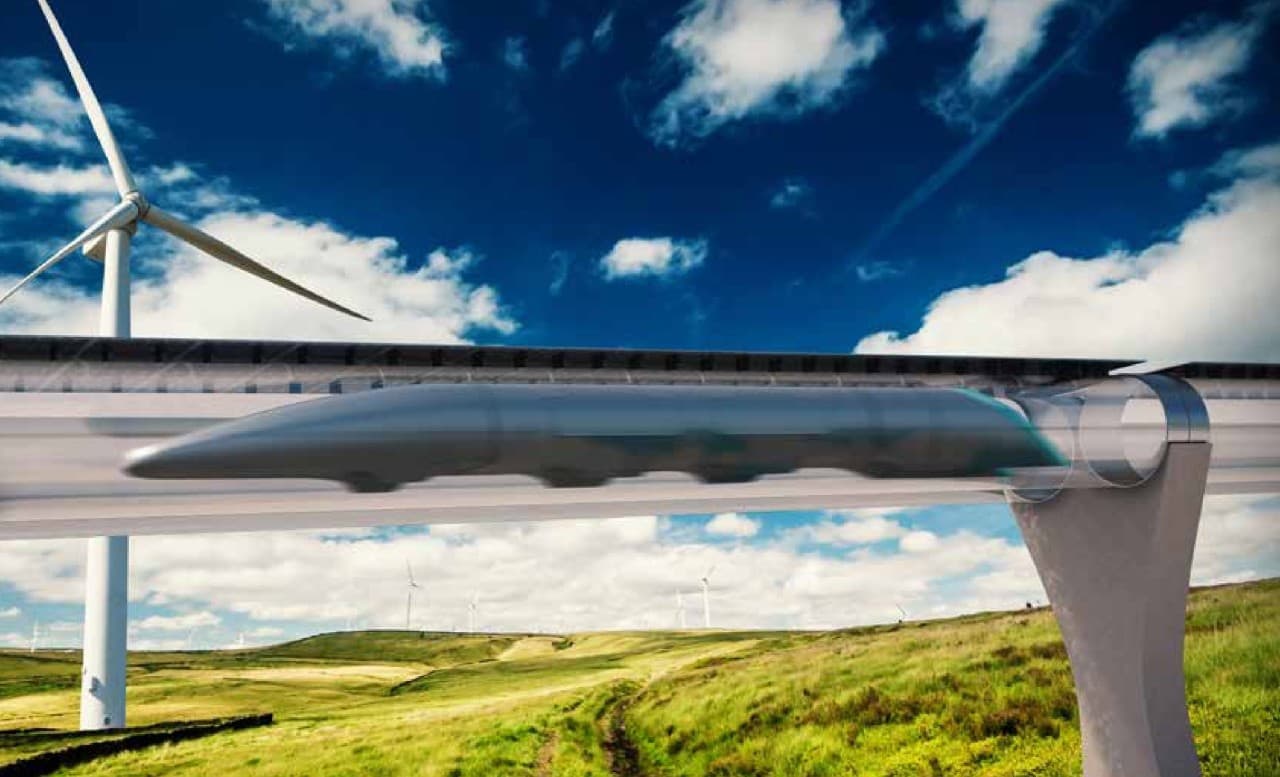Hyperloop Test Track
The hyperloop is a futuristic form of travel that, if implemented, will shuttle the passengers in pods traveling 1,126 km/h (700 mph) through a tube with air compressors, like something out of the Jetsons. And in the continued quest to make this tech viable, SpaceX is moving forward with its competition to design and build a half-scale Hyperloop pod.
For the competition, SpaceX will be constructing a sub-scale test track that will have an inner diameter of about 1.8 meters (6 feet) and will be about 1.6 km (1 mi) in length. Ultimately, competing teams will race their pods around this track in order to determine which design is the most efficient.
With the release of the revised specifications of the Hyperloop test track, SpaceX is set to start implementing its Hyperloop prototype for the competition. Ultimately, this will be capable of creating a 99.8% vacuum environment.
The deadline for entrants to sign up for the competition was September 15. All in all, the company received over 1,200 entries. Then, on October 15th, the official Hyperloop account tweeted the number of teams advancing to the next stage of building, stating that 162 university teams from 16 countries made the cut (318 teams made the cut in total). The deadline to turn in preliminary design briefs for Hyperloop passenger pods came and went last Friday, November 13. Hundreds of teams were reported to be entering their designs in SpaceX’s competition (the company says it received some 125 preliminary designs in the end).
The teams will be able to select the tube’s operating pressure for their pods from 0.02 psi (~99.8% vacuum) to 14.7 psi (the pressure at sea level). The SpaceX Hyperloop Test-Track Specification can be located here.
The Competition
The first part of the competition will be the “Design Weekend,” which will take place at the Texas A&M University on January 29-30, 2016. A panel of judges composed of SpaceX and Tesla engineers will select the most promising teams based on the submitted designs. The selected teams will then have to build a prototype to compete at SpaceX’s test track in Hawthorn during the summer of 2016. A 12-ft-long “foam pit” will also be installed at the end of the track in case of a pod braking system failure.
Share This Article
